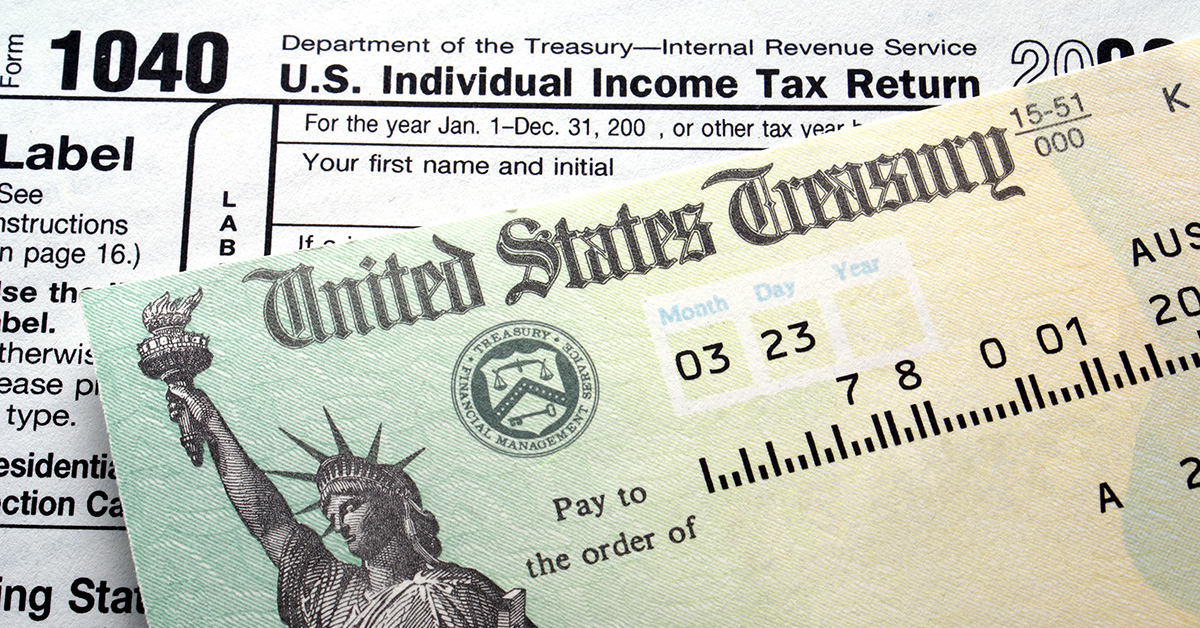[ad_1]
An effective change occurs by unfreezing the current situation, moving to a desired condition, and then refreezing the system so that it remains in this desired state. Unfreezing occurs when the driving forces are stronger than the restraining forces. This process involves making the driving forces stronger, weakening or removing the restraining forces, or having a combination of both.
A powerful driver of change is customer expectations. Dissatisfied customers represent a compelling force for change because of the adverse consequences for the organization’s survival and success.
Strategies for managing employees’ resistance
1 Communication- reduces the restraining forces by keeping employees informed about what to expect from the change effort.
2 Training – Employees learn how to work in teams as company adopts a team-based structure.
3 Employee involvement – minimizes resistance to change by reducing problems of saving face and fear of the unknown.
4 Negotiation – may be necessary for employees who will clearly lose out from the change activity. This negotiation offers certain benefits to offset some of the cost of the change
5 Coercion – replacing person is the least desirable way to change organizations.
However, dismissals and other forms of coercion are sometimes necessary when speed is essential and other tactics are ineffective.
After unfreezing and changing behavior patterns, there is the need to re-freeze desired behaviors so that employees do not slip back into the old work practices. Organizational rewards are also powerful systems that re-freeze behaviors. If the change process is supposed to encourage efficiency, then rewards should be realigned to motivate and reinforce efficient behavior.
Visit: http://workplace-issues.blogspot.com/2010/11/five-best-strategies-to-managing.html
[ad_2]
Source by Gloria E Towolawi






